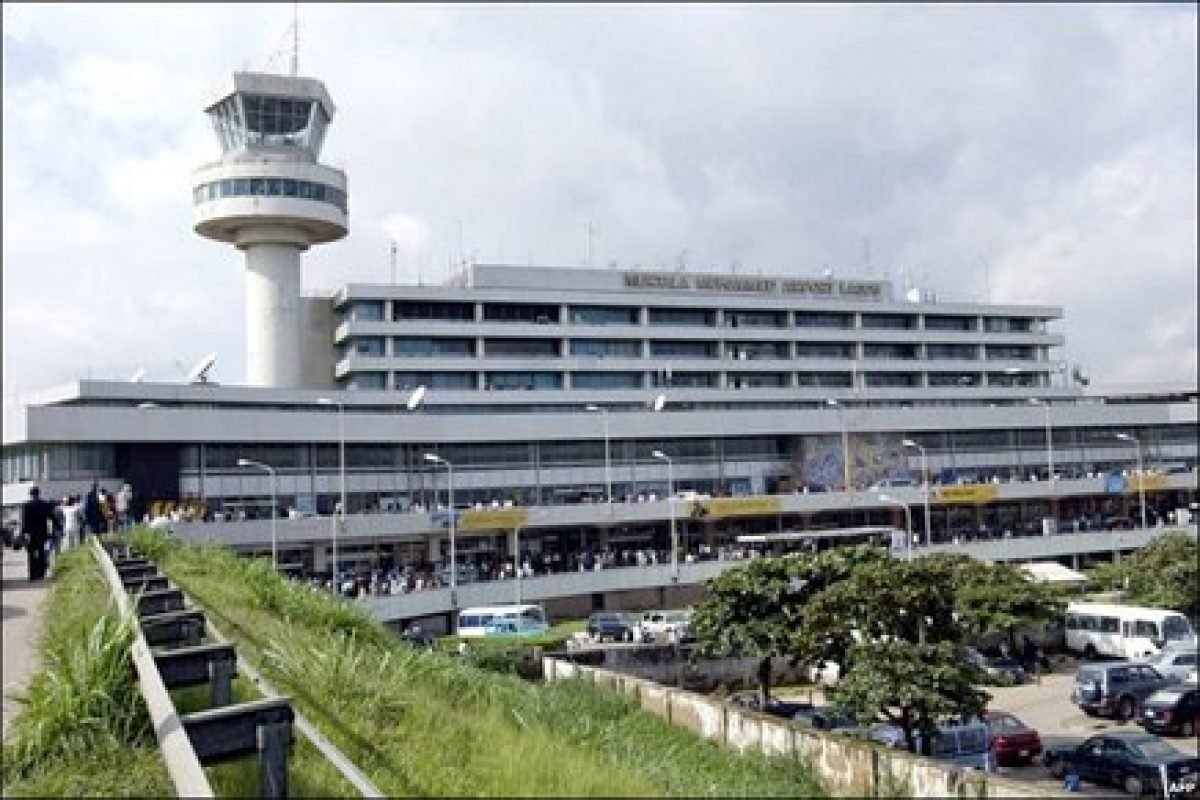The Federal Government has revealed that the Lagos, Abuja, Port Harcourt and Kano airports will be on concession for a minimum of 20 to 30 years.
It disclosed this in a document on Frequently Asked Questions (FAQs) about airport concession released by the Federal Ministry of Aviation.
In a document on the status of the road map, public and private partnership projects concession of airports, the government named the airports/parts that were up for concession.
They include the Murtala Muhammed International Airport, Lagos: international and cargo terminals, and Nnamdi Azikiwe International Airport, Abuja: international, domestic and cargo terminals.
Others include the Port Harcourt International Airport, Port Harcourt: international, domestic and cargo terminals; and Mallam Aminu Kano International Airport, Kano: international, domestic and cargo terminals.
Providing additional explanation on the duration of the concession in a separate document, it said, “Infrastructure concessions of this nature come with a significant financial obligation which any responsible concessionaire will no doubt be keen to recoup.
“To this end, we envisage a minimum of 20 to 30 years for the programme, which may be extended depending on performance and Nigeria’s best interests.
“That said, the duration is not set in stone and will be subject to negotiation and then final approval by the Federal Executive Council.”
The aviation ministry stated that although the airports had huge potential, they were currently operating at a sub-optimal level.
The government started with the most strategic assets because the successful delivery of this concession programme would give all stakeholders the confidence required to consider other possibilities in the sector.
The ministry said the concession applied to the non-aeronautic assets of the airports located in the passenger and cargo terminals.
It said these comprised the assets from the entry door of the airport to the point of embarking and disembarking from an aircraft to the exit doors.
The ministry explained that the space commonly referred to as the passenger terminal comprises retail spaces, waiting and seating areas, airport and airline lounges, baggage collection, check-in counters, and administrative offices.
It added that the cargo terminals comprised the facilities between the point of entry and up to loading and off-loading points, including administrative offices within said facilities.













